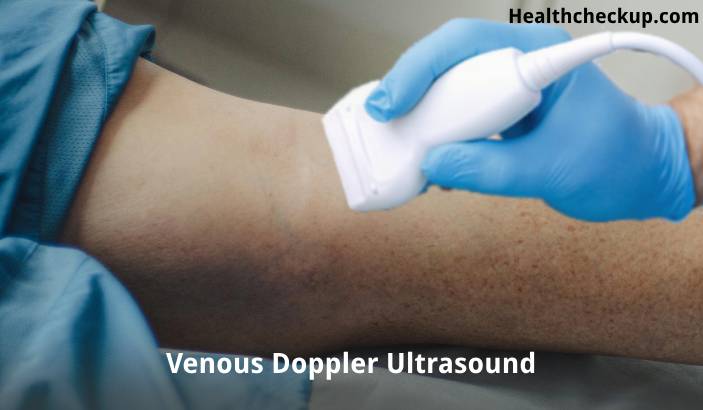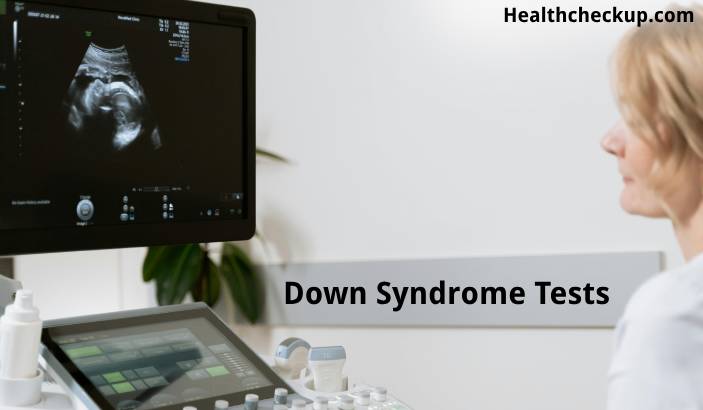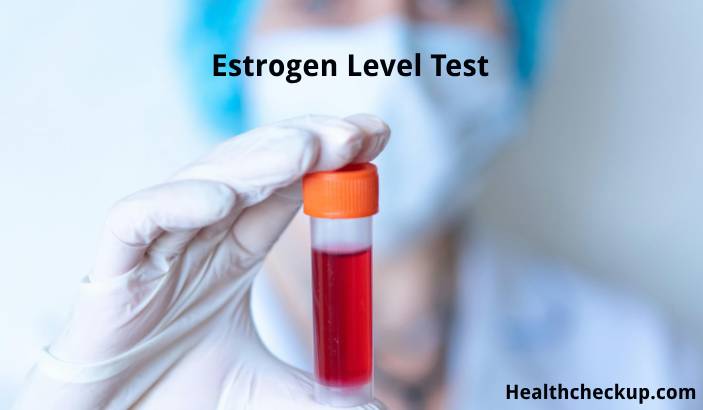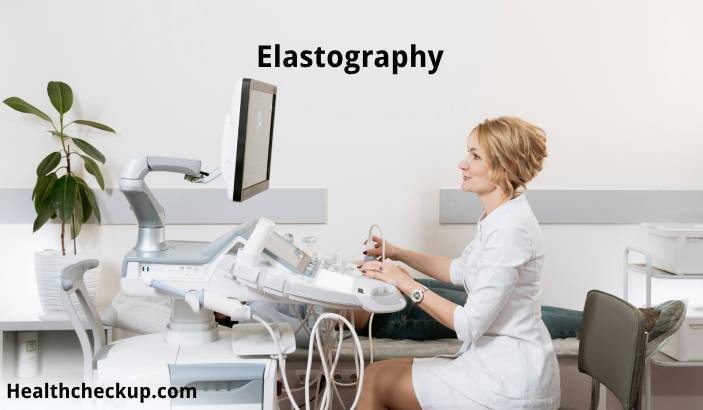Clostridioides difficile, commonly known as C. diff, is a bacterium that can cause severe diarrhea and inflammation of the colon, known as colitis. C. diff infections are often associated with healthcare settings and prolonged antibiotic use. Testing for C. diff is crucial for diagnosing infections and guiding appropriate treatment.
Purpose of C. diff Testing
- Diagnosing C. diff Infections: The primary purpose of C. diff testing is to confirm the presence of C. diff toxins or bacteria in stool samples, indicating an infection.
- Guiding Treatment: Accurate diagnosis helps guide treatment strategies, including antibiotic therapy or other medical interventions.
- Preventing Spread: Early diagnosis of C. diff infections is essential for implementing infection control measures to prevent the spread of the bacterium in healthcare settings.
- Monitoring Recurrence: The test is also used to monitor patients who have had C. diff infections to ensure there is no recurrence or ongoing infection.
Preparation for C. diff Testing
- Stool Sample Collection: C. diff testing requires a stool sample. Patients should be prepared to collect a fresh sample, following specific instructions from their healthcare provider.
- Medication Review: Inform your healthcare provider about all medications, particularly antibiotics, as they can affect the test results or increase the risk of C. diff infection.
- Dietary Restrictions: Generally, there are no dietary restrictions for this test. However, follow any specific instructions given by your healthcare provider.
- Infection Control: If you’re in a healthcare setting, ensure proper infection control measures are in place to avoid spreading the bacterium during .
Procedure of C. diff Testing
- Stool Sample Collection: The test requires a stool sample, which is usually collected in a sterile container. The sample should be fresh and not contaminated with urine or other substances.
- Laboratory Analysis: The collected sample is sent to a laboratory where specialized tests are conducted to detect C. diff toxins or the presence of the bacterium.
- Types of Tests:
- Enzyme Immunoassay (EIA): Detects C. diff toxins in the stool.
- Polymerase Chain Reaction (PCR): Identifies C. diff DNA, providing high sensitivity.
- Cell Culture Cytotoxicity: Tests for cytotoxins released by C. diff.
- Duration: Depending on the test type and laboratory, results can take a few hours to a couple of days.
Interpreting C. diff Test Results
- Positive Test: A positive result indicates a C. diff infection, leading to targeted treatment with antibiotics like vancomycin or fidaxomicin.
- Negative Test: A negative result suggests no active C. diff infection, but it’s important to correlate with clinical symptoms.
- False Positives/Negatives: The test can yield false positives due to other bacteria or false negatives if the toxin levels are low or if there’s improper sample handling.
Conclusion
C. diff testing is a critical diagnostic tool for detecting C. diff infections and guiding appropriate treatment strategies. Accurate and timely diagnosis is crucial for preventing severe complications, managing infections, and implementing infection control measures in healthcare settings.
I specialize in writing about health, medical conditions, and healthcare, drawing extensively from scientific research. Over the course of my career, I have published widely on topics related to health, medicine, and education. My work has appeared in leading blogs and editorial columns.








